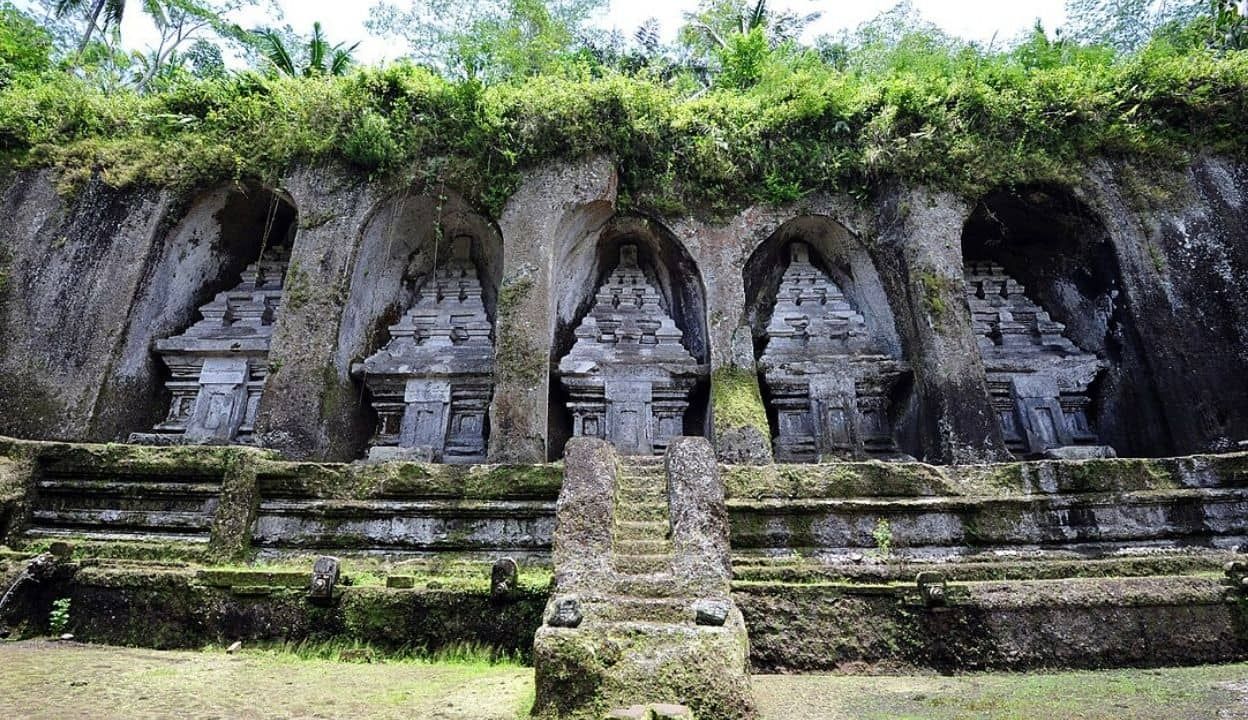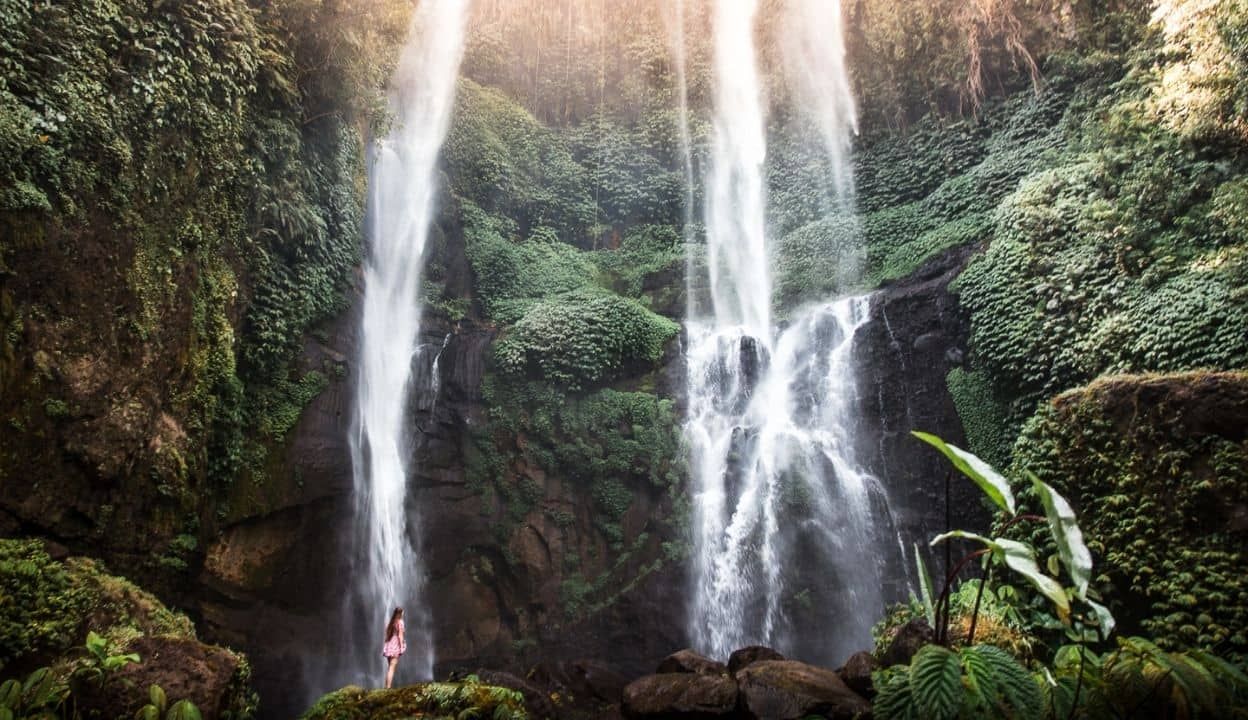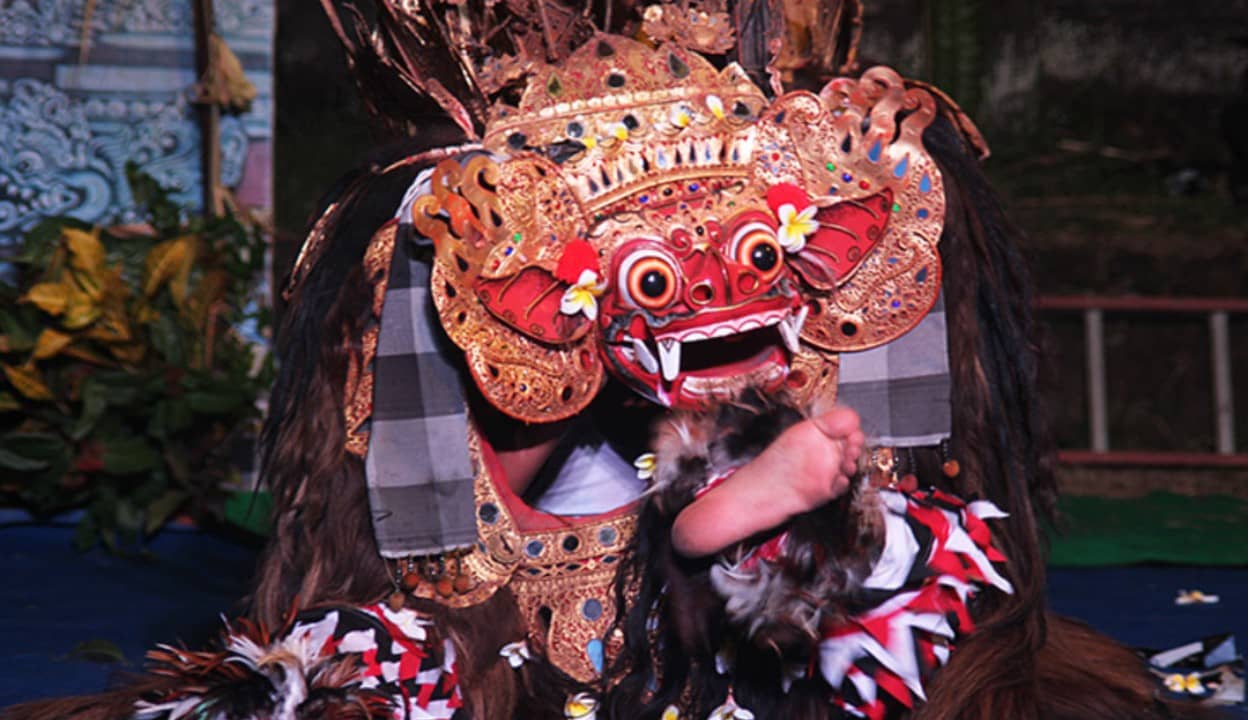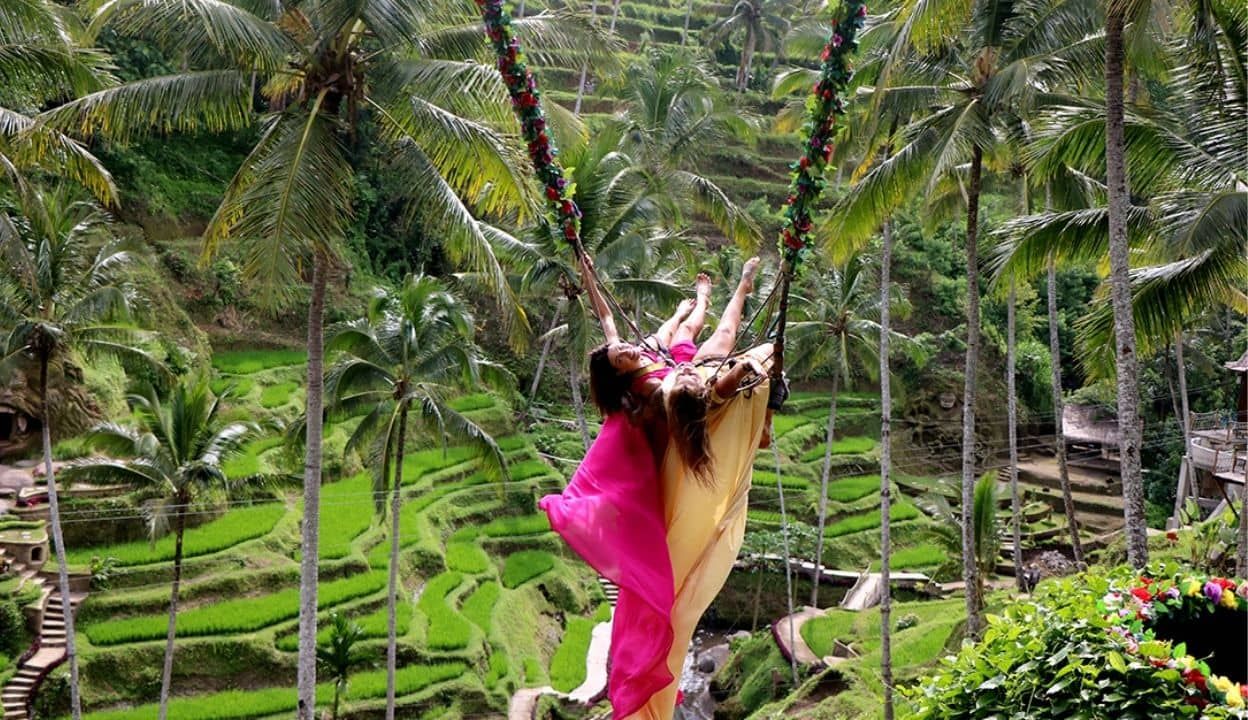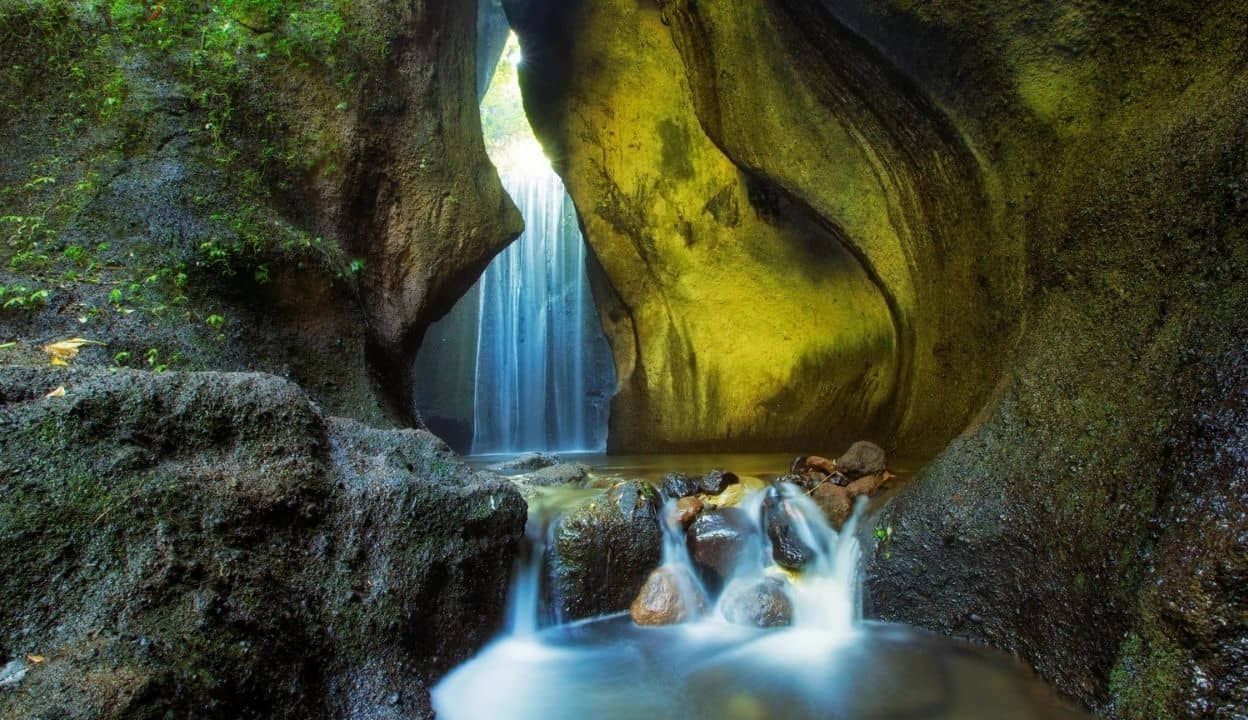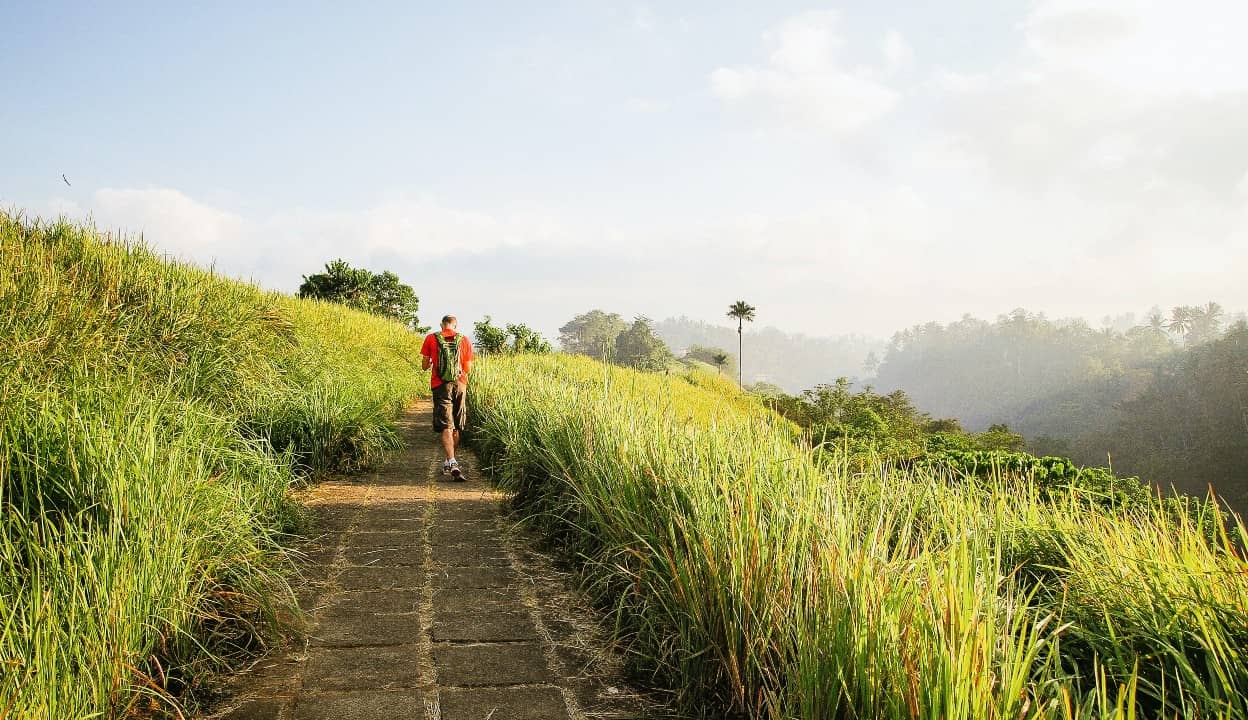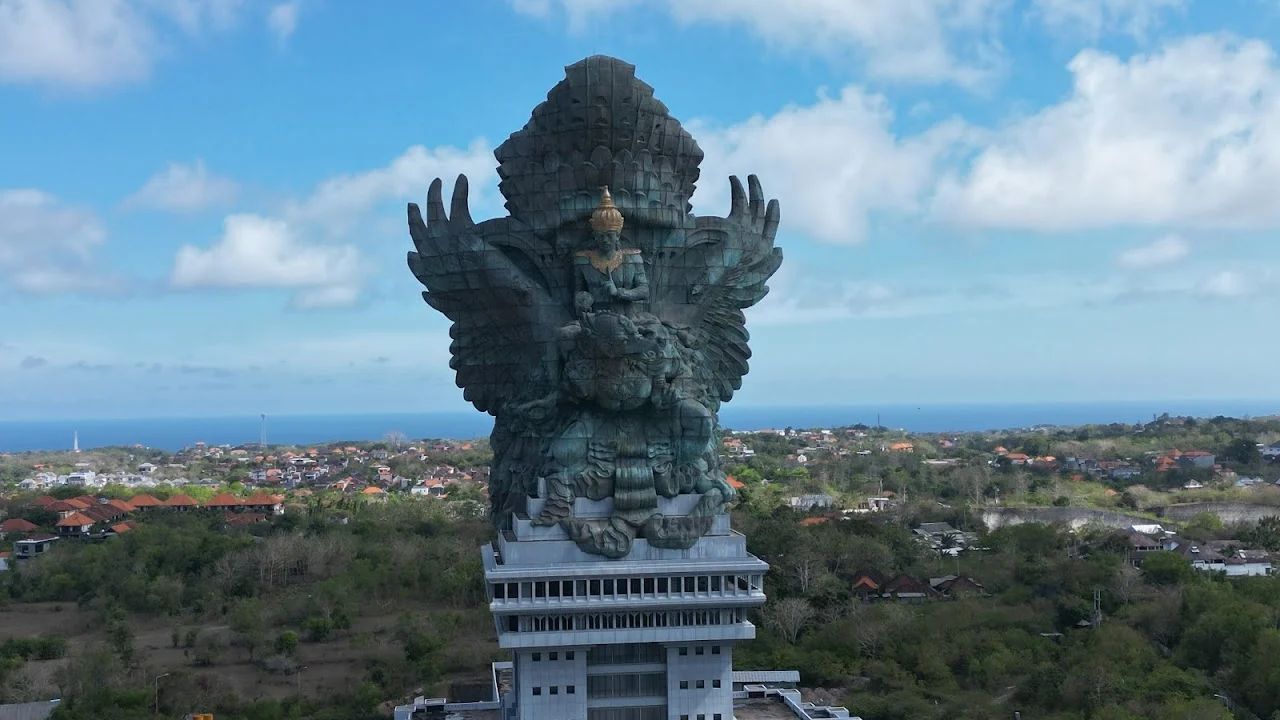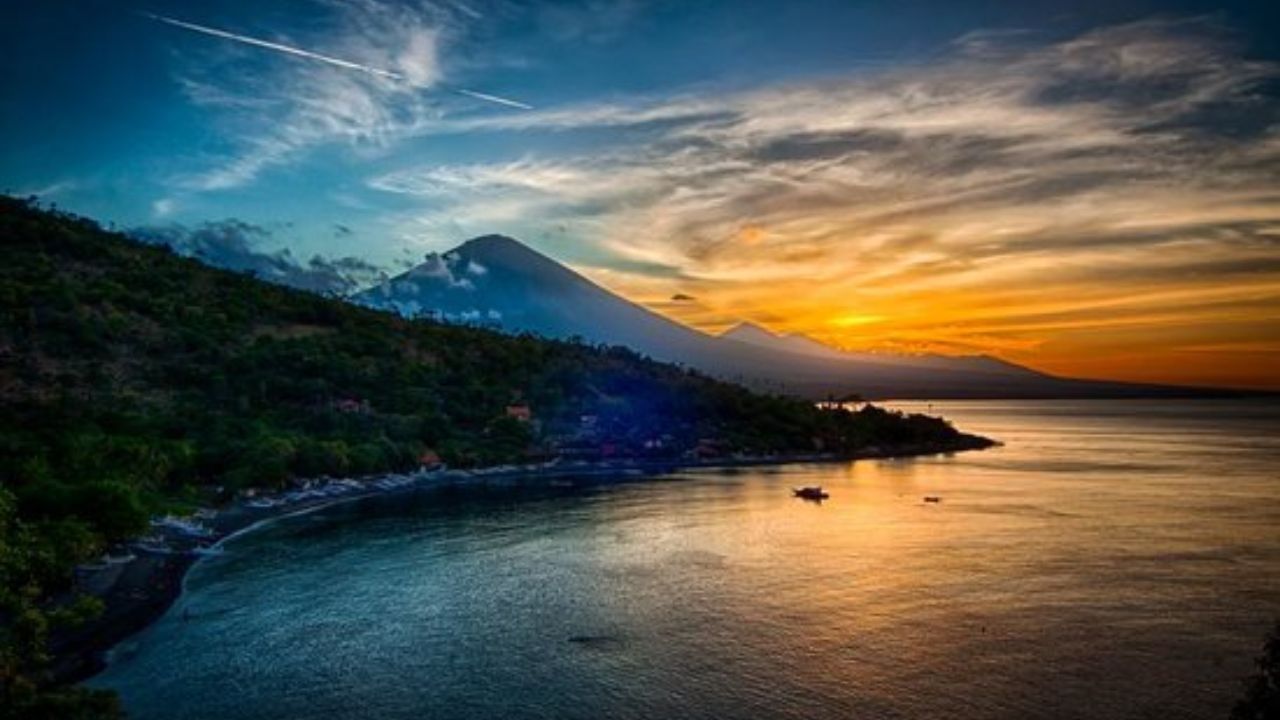Discover Timeless Wisdom at Gunung Kawi Temple: A Sanctuary of Heritage and Serenity
Info
Gunung Kawi Temple is an ancient temple complex located in Tampaksiring, Bali, Indonesia. This historic site dates back to the 11th century and is a blend of religion, history, and architecture. Gunung Kawi is notable for its shrines, which are carved directly into the cliffs, and it is one of the oldest and most revered Hindu sites on the island.
Description
Gunung Kawi Temple, located in the lush green valley of Tampaksiring, Bali, is one of the island’s most remarkable ancient sites, offering visitors a unique glimpse into Bali’s rich history, spirituality, and traditional architecture. Dating back to the 11th century, this temple complex is renowned for its majestic rock-cut shrines and tranquil surroundings, making it a must-visit destination for those seeking both cultural enrichment and serene reflection.
A Journey Back in Time
Gunung Kawi Temple, also known as Pura Gunung Kawi, is one of Bali’s oldest and most historically significant temple complexes. It was established during the reign of the Udayana dynasty and is believed to honor King Anak Wungsu and his royal family. As you step into this sacred sanctuary, you’re greeted by an atmosphere steeped in history, where each stone carving and shrine tells a story of ancient Balinese culture and devotion.
The journey to the temple itself is an experience worth savoring. Visitors descend through a picturesque pathway lined with lush rice terraces and verdant tropical vegetation, accompanied by the calming sounds of the Pakerisan River flowing nearby. This peaceful setting serves as a prelude to the temple’s tranquil ambiance, inviting visitors to leave behind the hustle and bustle of modern life and immerse themselves in the serene beauty of Bali’s natural landscape.
The Majestic Rock-Cut Shrines
The centerpiece of Gunung Kawi Temple is its collection of ten impressive shrines, or candi, carved directly into the cliff face. These shrines, which stand over 7 meters tall, are carved into solid rock and are believed to be funerary monuments dedicated to members of the Balinese royal family. Each shrine is meticulously carved with intricate details, showcasing the artistry and craftsmanship of ancient Balinese stonemasons.
These candi are not just architectural wonders but also serve as spiritual symbols, representing the connection between the earthly realm and the divine. The grand scale and intricate detail of the rock-cut shrines evoke a sense of reverence and awe, reminding visitors of Bali’s rich cultural heritage and the enduring legacy of its past.
A Sacred Sanctuary of Reflection and Serenity
Gunung Kawi Temple is more than just a historical site—it’s a living, breathing sanctuary of spirituality. The temple complex is nestled within a lush valley surrounded by dense jungle, creating a tranquil and meditative environment. The peaceful sounds of the river, the rustling of palm fronds, and the distant chanting of temple priests all contribute to a sense of calm that permeates the area.
The serene environment of Gunung Kawi provides the perfect setting for reflection and introspection. Whether you’re walking along the shaded paths, admiring the ancient stone carvings, or meditating near the holy waters, the temple offers a space for quiet contemplation away from the distractions of everyday life. For leaders and executives, this sanctuary serves as a reminder of the importance of mindfulness and the value of stepping back to gain perspective.
The Temple’s Spiritual and Cultural Significance
Gunung Kawi Temple holds deep spiritual significance for the Balinese people. It is considered a sacred site where offerings are made to honor ancestors and seek blessings for health, prosperity, and protection. The temple’s sacred waters, which flow from a spring believed to have healing properties, are used for purification rituals that cleanse the body and soul.
This blend of natural beauty and spiritual practice highlights the Balinese philosophy of Tri Hita Karana, which emphasizes harmony between humans, nature, and the divine. The temple’s layout, which integrates seamlessly with the surrounding landscape, reflects this philosophy, showcasing the Balinese people’s deep respect for their environment and their belief in maintaining balance and harmony.
